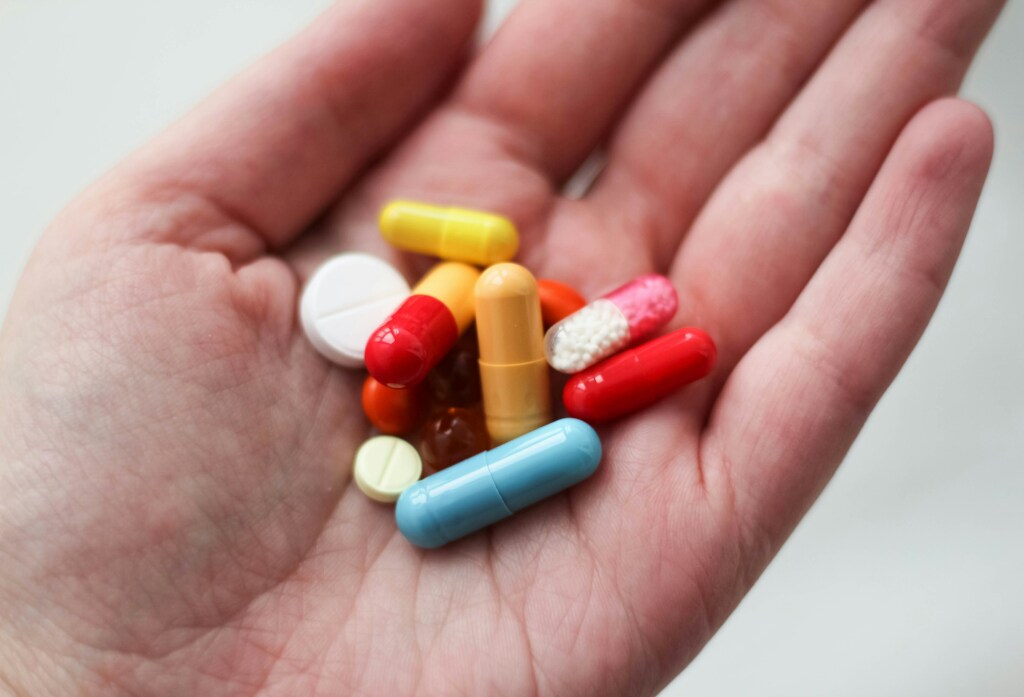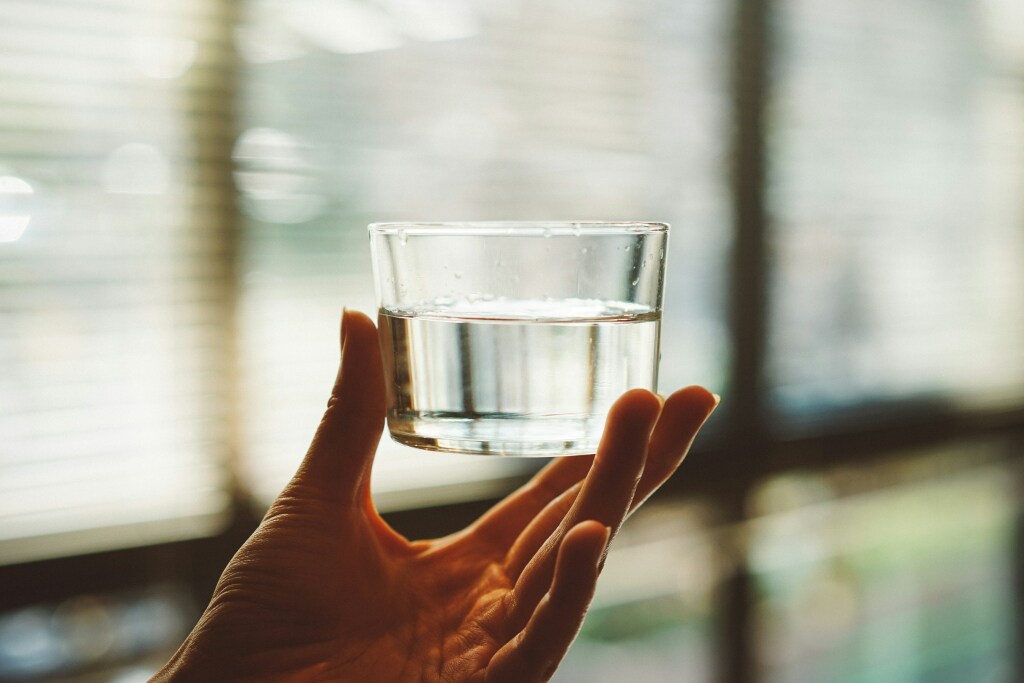Muscle cramps are involuntary, painful, temporary muscle contractions that can occur anywhere in the body, but are more common in the muscles of the lower limbs, such as the calves and feet. These muscle spasms can vary in intensity and duration, from a few seconds to whole minutes.
Although usually not dangerous, muscle cramps can be extremely unpleasant and affect the quality of life of the person experiencing them.
In this article, we will explore the causes of these cramps and the treatment options available.
CONTENT:
Causes of Muscle Cramps
Muscle cramps are common, sometimes painful phenomena that can affect anyone, regardless of age or fitness level. These involuntary muscle contractions can occur at the most unexpected times, making daily activities difficult or even affecting sports performance.
Understanding the causes of these cramps is essential to preventing them and finding the most effective ways to treat them when they occur. Next, we will explore the various causes of muscle cramp and how to manage them.
-
Dehydration
Lack of adequate hydration can lead to electrolyte imbalances and low levels of potassium and sodium in the body, which can trigger these manifestations of the body.
-
Muscle overuse
Strenuous exercise or activities that involve prolonged use of a particular muscle group can lead to these manifestations of the body.
-
Nutritional deficiencies
A lack of potassium, calcium, magnesium or other essential minerals can contribute to muscle cramps.
-
Obesity
Excess weight can put extra pressure on muscles and joints, increasing the risk of these manifestations of the body.
-
Diseases and medical conditions
Some conditions, such as diabetes, kidney disease, and circulation problems, can be associated with muscle cramping.
-
Medications
Certain medications, such as diuretics and statins, can increase susceptibility to muscle cramps as a side effect.
Understanding and recognizing these factors is essential to effectively managing muscle cramps and adopting a lifestyle that reduces the risk of them occurring. By identifying and addressing the underlying causes, it is possible to reduce the frequency and severity of muscle cramp, thereby improving the quality of life and physical performance of the affected individual.
Treatment of Muscle Cramps
These manifestations of the body are a common problem that can affect anyone, regardless of age or level of physical activity. These involuntary muscle spasms can be extremely painful and interfere with a person’s ability to carry out daily activities.
Understanding treatment modalities is essential to effectively managing muscle cramp and quickly relieving symptoms when they occur. Next, we’ll explore the various treatment options available for muscle cramps.
-
Rehydration
Drinking an adequate amount of water and fluids containing electrolytes is crucial for preventing and treating muscle cramp. Sufficient fluid intake is especially important after intense physical exercise or in high heat conditions.
-
Warming up and stretching
Properly warming up before physical activity and stretching muscles afterwards can help prevent muscle cramping and relax tense muscles. These measures can improve flexibility and blood circulation in the muscles.
-
Nutritional supplements
Supplements containing potassium, calcium, magnesium, or other essential minerals may be helpful in treating muscle cramping caused by nutritional deficiencies. These supplements can help restore electrolyte balance and prevent the cramp from recurring.
-
Massage
Gently massaging the affected muscles can help relax them and relieve the discomfort caused by cramps. Massage can improve blood circulation and speed up muscle recovery.
-
Medications
If muscle cramps become severe and persistent, muscle relaxants or nonsteroidal anti-inflammatory drugs (NSAIDs) may be prescribed by a doctor to help manage symptoms. These medications can help reduce inflammation and relax tense muscles.
-
Interruption of activity
When a muscle cramp occurs during exercise or other activities, it is important to stop and rest to allow the muscle to relax. Ignoring the discomfort can worsen muscle cramps and lead to further injury.
Conclusion
In conclusion, these manifestations of the body are an unpleasant but usually harmless experience that can be successfully managed and treated using a combination of preventive and therapeutic measures. If muscle cramps become frequent or severe and do not respond to usual treatments, it is advisable to see a doctor for further evaluation and management.




